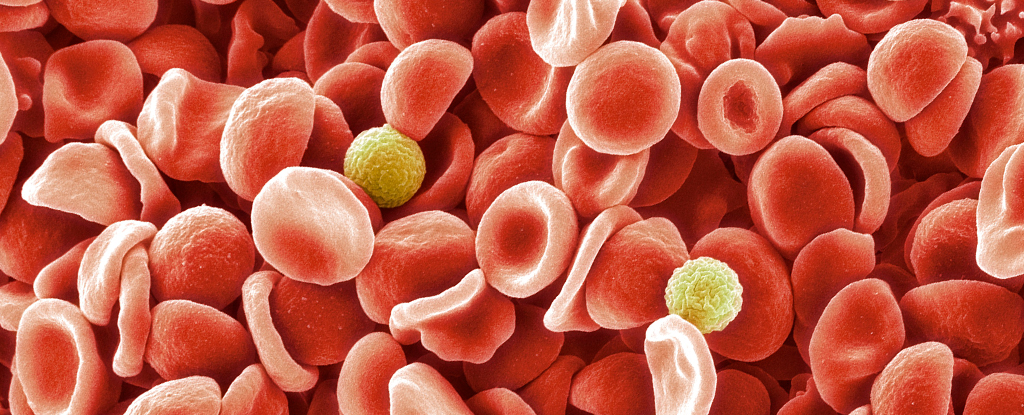A groundbreaking discovery has emerged from a collaborative effort between researchers in the UK and Israel, who have identified a new blood group system after a mystery that spanned nearly five decades. The research, published in the journal Blood in 2024, stems from a blood sample taken in 1972 from a pregnant woman, which revealed an absence of the AnWj antigen, a surface molecule typically found on red blood cells.
This discovery highlights the complexity of human blood types, which extend beyond the well-known ABO blood group system and Rh factor. According to Louise Tilley, a hematologist with the UK National Health Service, this achievement represents a culmination of nearly 20 years of research. Tilley expressed her excitement, stating, “It represents a huge achievement… to finally establish this new blood group system and be able to offer the best care to rare, but important, patients.”
Significance of the MAL Blood Group
The identification of the new MAL blood group is particularly significant due to the potential implications for patients with rare blood types. The AnWj antigen plays a critical role in the body’s ability to distinguish between “self” and “non-self,” which is essential during blood transfusions. Incompatible blood transfusions can lead to severe reactions, sometimes proving fatal.
Research has shown that more than 99.9 percent of the population carries the AnWj antigen. The absence of this antigen, as seen in the 1972 case, was due to mutations in both copies of the MAL genes. Tilley and her team also discovered three additional patients with the AnWj-negative blood type who did not possess this mutation. This finding suggests that certain blood disorders might suppress the antigen without genetic mutations.
Challenges and Future Research Directions
The path to this discovery was fraught with challenges, as the genetic cases related to the MAL blood group are rare. Tim Satchwell, a cell biologist at the University of the West of England, explained that the MAL protein is small and complicated to identify. This complexity required the researchers to explore multiple avenues to gather sufficient evidence to validate the new blood group system.
To confirm their findings, the research team inserted the normal MAL gene into blood cells lacking the AnWj antigen. This experiment successfully produced the antigen, demonstrating the critical role the MAL protein plays in maintaining cell membrane stability and facilitating cell transport. Notably, the AnWj antigen is not present in newborns but appears shortly after birth, adding another layer of intrigue to its function and significance.
Researchers now have the capability to test patients for the genetic markers associated with the MAL mutation. This testing will help determine if an individual’s AnWj-negative blood type is inherited or the result of antigen suppression, potentially indicating other underlying health issues. Understanding these rare blood variations can profoundly impact patient care, allowing for better management of blood transfusions and related medical conditions.
The identification of the MAL blood group underscores the importance of continued research in this field. As scientists uncover more about these peculiar blood types, they enhance the prospects for improving patient outcomes and saving lives. The insights gained from this research not only contribute to blood transfusion safety but also deepen our understanding of human genetics.




























































